 Poll Tax Book
Poll Tax Book
Entry Category: Race
 Poll Tax Book
Poll Tax Book
Post-bellum Black Codes
aka: Black Codes
Pounds, Winston (Lynching of)
 Charles Powell Lynching Article
Charles Powell Lynching Article
Powell, Charles (Lynching of)
Powell, Sam (Lynching of)
 Alice Preston
Alice Preston
Preston, Alice L.
Private School Movement
aka: Segregation Academies
Pruden, James Wesley, Sr.
 Pulaski County Lynching Article
Pulaski County Lynching Article
Pulaski County Lynching of 1894
Race Riots
 Race War Article
Race War Article
 Racial Strife Article
Racial Strife Article
Racially Restrictive Covenants
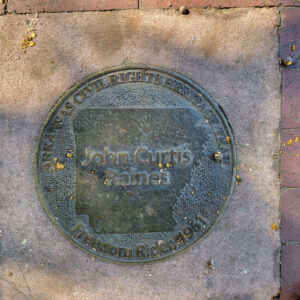 Raines Marker
Raines Marker
Ramsey, Dave (Lynching of)
Randolph, John (Lynching of)
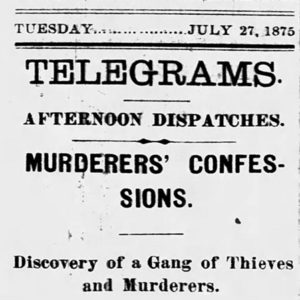 John Randolph Lynching Article
John Randolph Lynching Article
Raney v. Board of Education
aka: Arthur Lee Raney v. Board of Education of the Gould School District
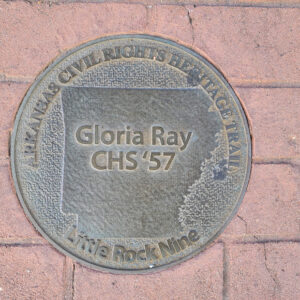 Ray Marker
Ray Marker
Redlining
Reed, Adolph Sr.
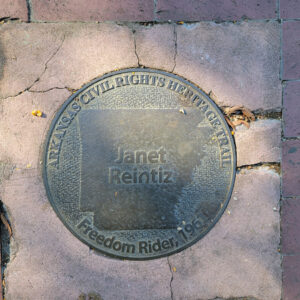 Reinitz Marker
Reinitz Marker
Reported Lynching of July 1894
Reported Smallpox Lynching of 1894
Reverse Freedom Rides
Reynolds, Dan (Lynching of)
Rice, William (Lynching of)
 William Rice Lynching Article
William Rice Lynching Article
Ricks, G. W. and Moses (Lynching of)
Ridge, Sarah Bird Northrup
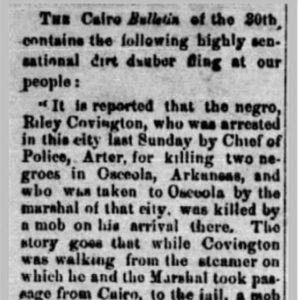 Riley Covington Lynching Article
Riley Covington Lynching Article
 Andree Roaf
Andree Roaf
Roaf, Andree Yvonne Layton
 Roberts Book Signing
Roberts Book Signing
 Roberts Marker
Roberts Marker
 Terrence Roberts
Terrence Roberts
Roberts, Terrence James
Robertson, Frank (Lynching of)
Robinson, J. E. (Reported Lynching of)
Robinson, Willis (Lynching of)
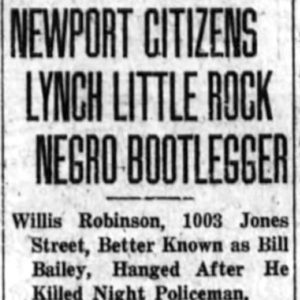 Willis Robinson Lynching Article
Willis Robinson Lynching Article
 James Rodgers
James Rodgers
 James Rodgers
James Rodgers
 James Rodgers
James Rodgers
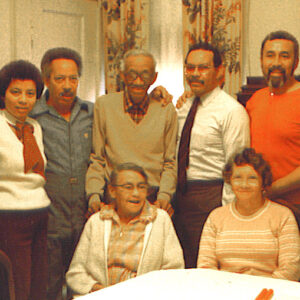 James Rodgers and Family
James Rodgers and Family
 James Rodgers Induction
James Rodgers Induction
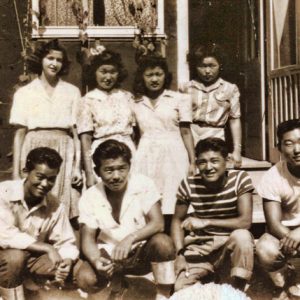 Rohwer Relocation Center
Rohwer Relocation Center




